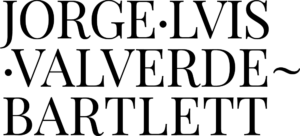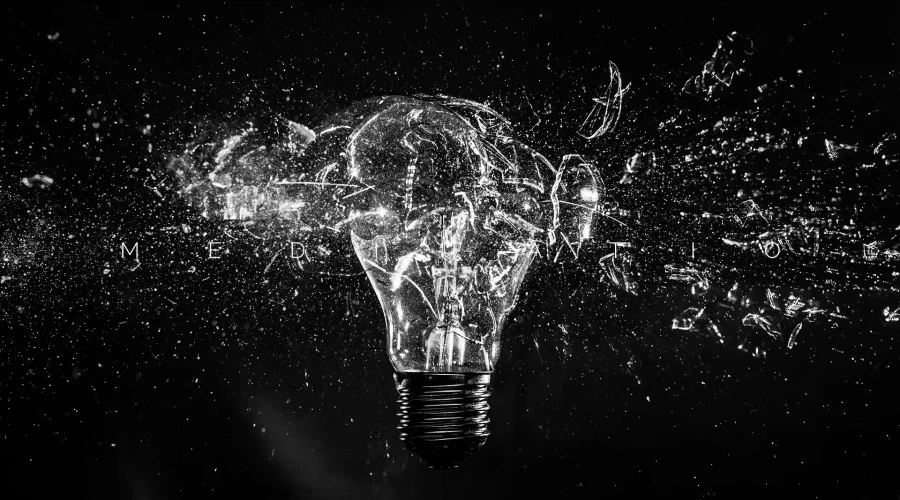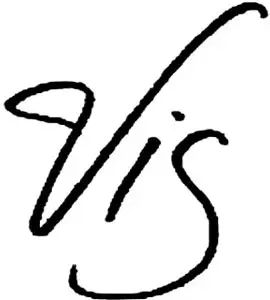We often romanticize creativity as a mystical attribute—something one is born with or without. This is a dangerous oversimplification that stunts professional growth. In my analysis of the creative process, I argue that creativity is not a static trait but a dynamic aptitude built on knowledge, repetition, and practice. It is a construction, not a gift. To navigate the Creative Industry, we must dismantle the myth of the “inspired artist” and replace it with a structured hierarchy of competence. I propose a framework of Five Levels of Creativity, a roadmap that transforms the apprentice into the visionary.
Level 1: Mimetic Creativity
(The Discipline of Observation)
The journey begins not with invention, but with replication. In the academic environment, we often see students copying basic design exercises. While some dismiss this as “unoriginal,” it is the foundational step of Mimetic Creativity.
Copying is the first rigorous method of learning to observe. It forces the creative to understand the tools, the forms, and the standards of the industry. However, this level requires a critical guardrail: Ethics.
We must teach that while copying is a valid method of learning, it is an invalid method of professional practice. It is the training ground, not the battlefield.
2. Associative Creativity
(The Power of Connection)
Once the tools are mastered, the creator moves to the second level:
Associative Creativity. Here, the person stops replicating and starts connecting concepts. This is the ability to take established tools and apply them outside their original context. It is the liberation from the dogma of “doing what I am told.”
The person begins to see relationships between disparate elements, forging a path from technical execution to structural thinking.
3. Analogical Creativity
(The Birth of a Point of View)
The third level marks the actual departure from the student mindset. Analogical Creativity goes beyond connecting ideas; it involves explaining complex concepts through similar examples to build new conclusions.
At this stage, the creator engages in Research. They investigate similar cases, infer patterns, and construct a unique perspective.
This is the critical “break” in the teaching process, where the student stops following the professor and begins leading the argument. It is the transition from passive absorption to active reasoning.
4. Narrative Creativity
(The Architecture of Discourse)
The fourth level is where the Inventor emerges. Narrative Creativity is the capacity to construct not just an idea, but a continuous, logical discourse.
This level requires a deep reservoir of knowledge—encyclopedias read, experiences lived, and theories digested. One cannot invent without a massive database of information to draw from. It is the ability to sustain a strategic point of view regardless of the scenario.
Invention is not an accident; it is the inevitable result of accumulated knowledge.
5. Intuitive Creativity
(The Apex of Knowledge)
The final level is reserved for those who have mastered the previous four. Intuitive Creativity is often mistaken for magic, but it is actually the highest form of cognitive processing.
To operate intuitively, one must “turn off” conscious reasoning. However, this is only possible if the subconscious is saturated with profound knowledge. It is the domain of the masters—the Galileos and Da Vincis—who change humanity’s perception of its environment.
Intuition is not a guess. It is knowledge moving so fast that reason cannot keep up.
Conclusion
We must stop confusing creativity with imagination. Imagination is free; creativity is earned. The path from Mimetic to Intuitive is a rigorous ascent defined by the accumulation of knowledge, not the waiting for inspiration.
Creativity is not a feeling. It is a hierarchy:
Copy < Association < Analogy < Invention < Intuition.
Recommended Thematic Readings:
- Boden, M. A. The Creative Mind: Myths and Mechanisms.
- Csikszentmihalyi, M. Creativity: Flow and the Psychology of Discovery and Invention.
- Valverde, J. L. Del Emprendimiento a la Microempresa.
- Koestler, A. The Act of Creation.



